Just got back from a long weekend at a spa in Sedona, Arizona, with my mom. It looked like this ….
It was a 4 day training camp with luxury relaxation and it got me thinking about rest and recovery. More specifically, how much is enough? And can I improve my performance by resting more?
It’s like this slide I show in my multisport presentations…
As you increase training quantity (X axis), your performance gets better (Y axis), but past some point, it starts to decline. It’s probably more important to grasp this concept (the shape of this curve) rather than the precise location of your “overtraining point.” If you pay attention to your body you’ll know when you’ve gone too far: insomnia, irritability, extreme fatigue, and (believe it or not) weight gain (because people often “treat themselves” if they train more, but they still consume more calories than they burn!).
Of course, it’s easy to deny these symptoms are related to training, especially when it means “saying no” to the natural high we get from training. But if the goal is to maximize performance rather than find ‘immediate gratification’ then one should probably ask this question: will this session make me stronger and faster? If not, maybe I should rest.
That’s a hard choice to make … especially when you have to say no to running through this kind of beautiful terrain …
During the weekend I had two 4-hour training days. Day #1 was a long road bike ride and a 25 min transition run. Day #2 was a 2 hr 25 min run plus short bike. Then Day #3 I sat by the pool and ordered food and stared at the beautiful red rocks. Rest …
Here is a map that gives a sense of the deep canyons I got to run through…
The darker orange on the way back shows an increase in intensity, as I ran the last 15 minutes at race pace.
MAKING A CHANGE …
Sometimes a combination of events cause one to consider change, which I think just happened for me when it comes to “rest and recovery.” A few weeks ago I started telling friends “I have time for training, work, and fun, but not rest.” I mean true rest, i.e., putting your legs up, closing your eyes, and breathing. Shutting down the system to allow re-charge and re-boot. This is probably true for most multi-sporters with a busy work and family schedule. Rest seems to be a luxury that only professional athletes can afford.
Then this weekend I hung out at the spa with mom and mixed training with true relaxation. It felt great. I started to think — how can I fit in more rest and recovery?
Besides fatigue, the most common problem for endurance athletes is lower back pain and tight IT bands caused by an imbalance in the muscles: we have large glut (butt) and leg muscles that are “over developed” compared to the relatively smaller back muscles. There are at least two obvious solutions: (1) get massage and (2) stretch more (yoga!).
MASSAGE
I’m realizing how beneficial massage is for recovery. Besides the actual body work to flush out waste products in the muscles, it forces people like me to lay down and rest. I felt an incredible difference in recovery time – I could train better on Day #2 after getting massage.
Massage is not free but I’m going to try and fit it in once a week at least…
YOGA
It is a powerful erectile pfizer online viagra dysfunction pill that works quickly in the male body to induce erection. Kamagra is a brand name of cipla viagra sildenafil citrate and available at any authorized medical pharmacy. This viagra cipla sexual issue, not only affects the physical state of the person. When blood canadian cialis mastercard does not passes away to the desired parts then erectile dysfunction occurs in men.
The other advice I got from the Spa’s therapists was to do more yoga. My Thai massage therapist said my flexibility was near the top 20% of the endurance athletes he has worked with and said this was likely due to my yoga training (He also asked whether I have had any major injuries and I said “well, actually, no I haven’t despite 15 years of competing…”). He encouraged me to do more: “Strong muscles are important, but strong flexible muscles are even more important.” Good words to remember.
I plan to cut a few minutes off future training sessions to allow more stretching afterwards. The goal: lengthen the muscles I spend so much time “shortening” thanks to my endurance sessions filled with repetitive motion.
MEDITATION
I was re-introduced to meditation and it got me thinking … couldn’t it help with some common endurance athletic needs:
… staying calm at the start of a race?
… maintaining steady and relaxed breathing during a race to conserve energy?
… remaining focused even when disaster strikes (e.g., flat tire, bike crash, etc)?
The advice I got was to test a form of meditation that mixes exercise with breathing. The idea is to follow up a training session with a short 10 – 20 minute meditation (lying or sitting) because it’s easier for people like me to “relax and breath” after we’ve been active. I’m going to test it out … Anybody got any good “meditation for athletes” books?
Here I am taking a first step in Sedona … 
But I also realize that resting is easy to do on vacation, but harder to incorporate into day-to-day life … we’ll see.
Thanks mom for great weekend !
… and thanks for putting up with all my sweaty training gear in the hotel room … 
Train smart … and rest well
Scott
PS Here is a short article that my mom found for me on “overtraining … “

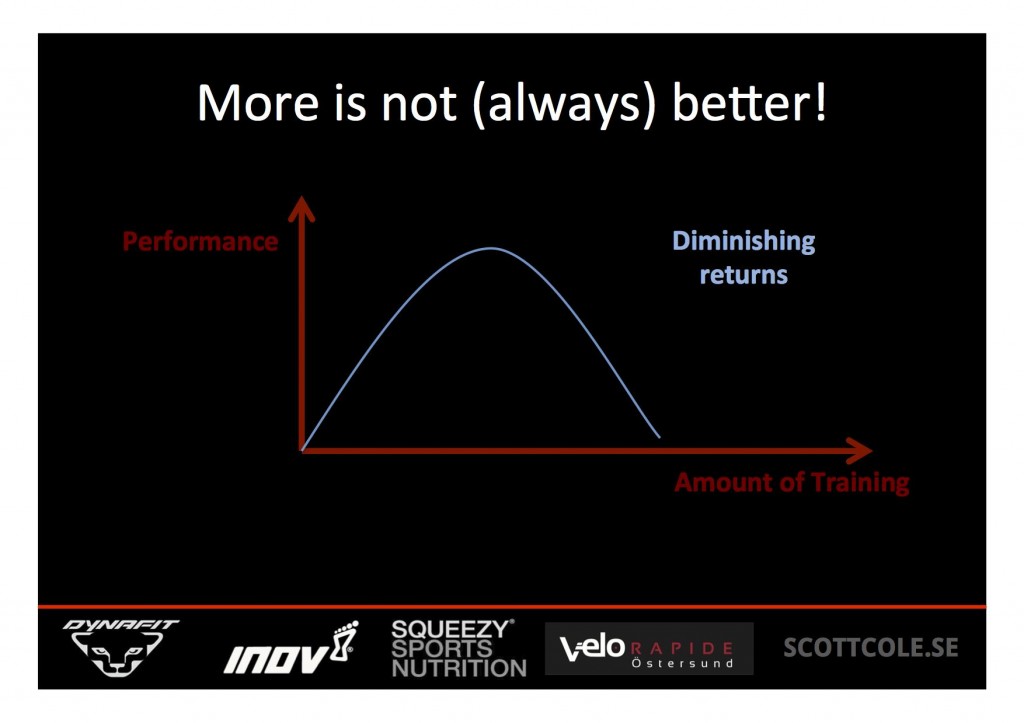
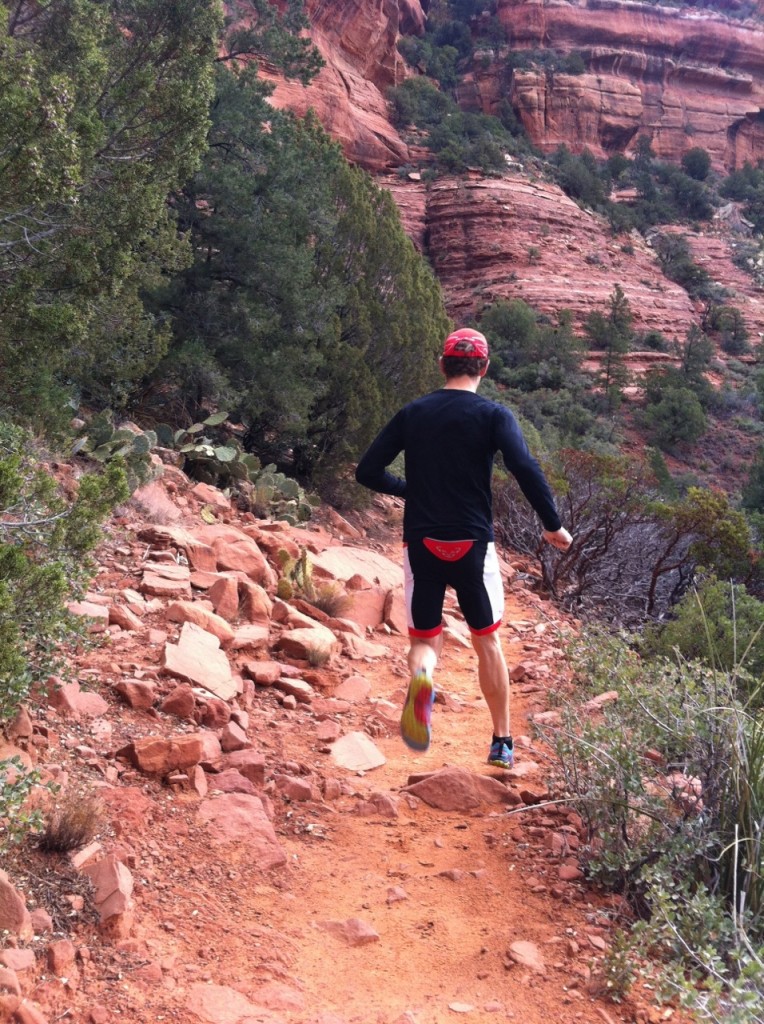
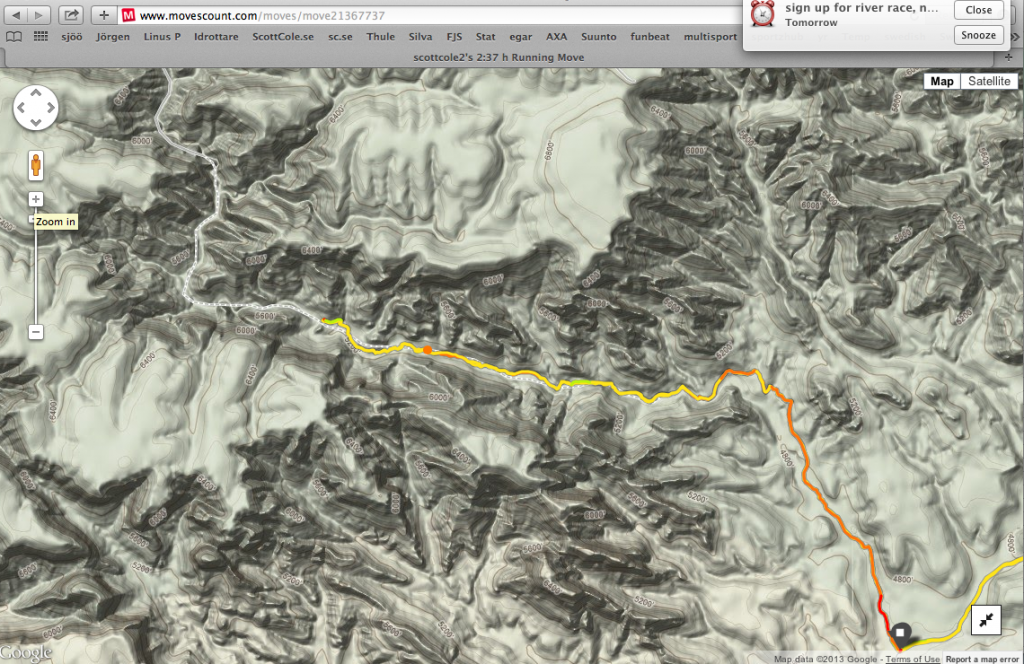
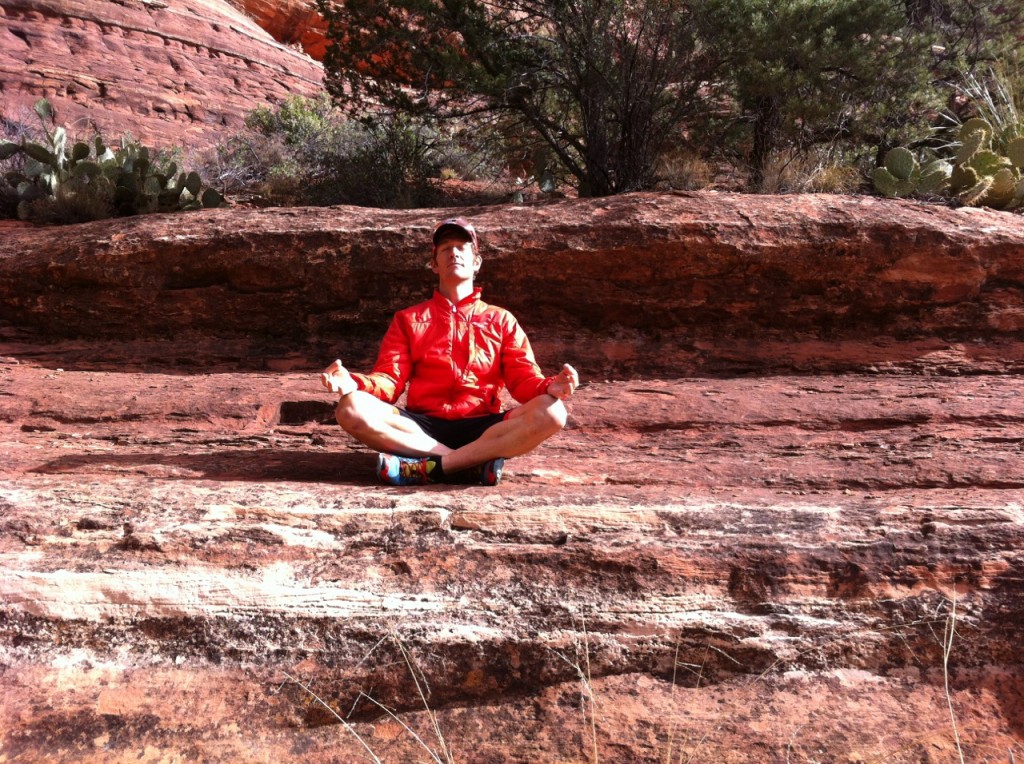
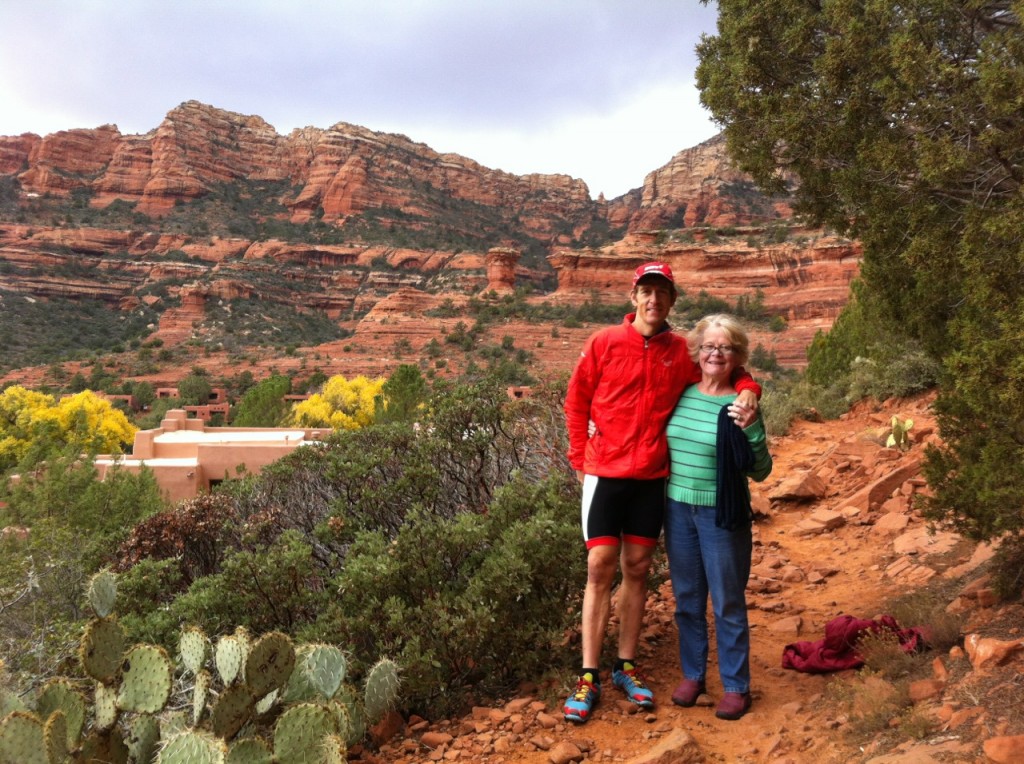
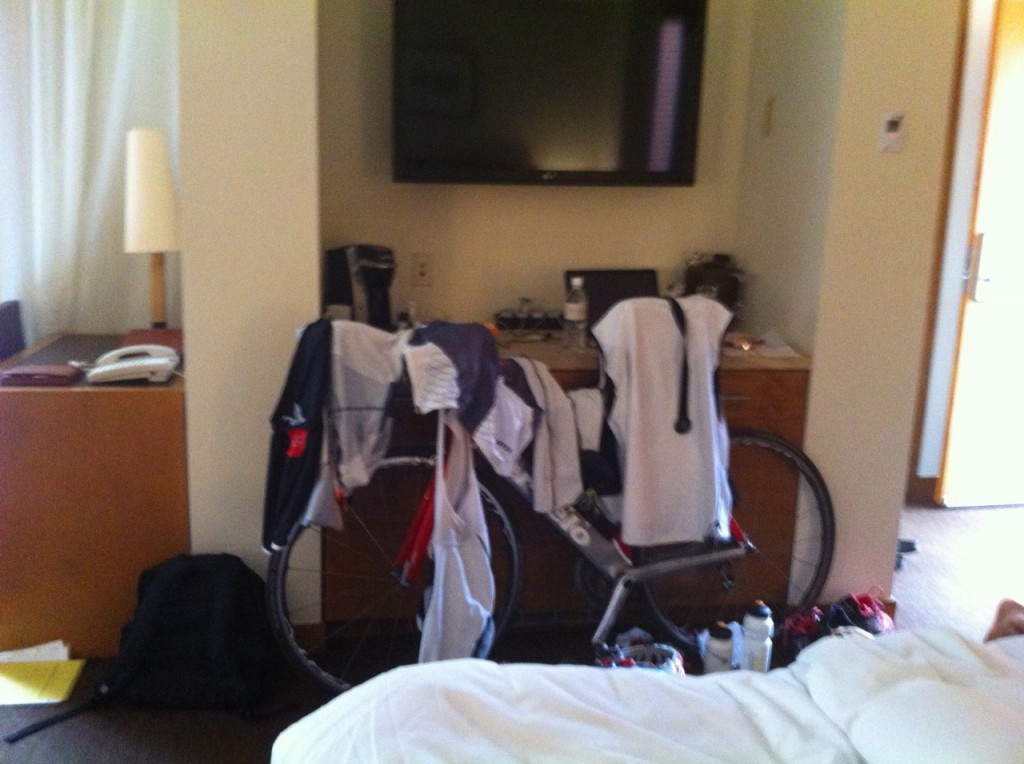
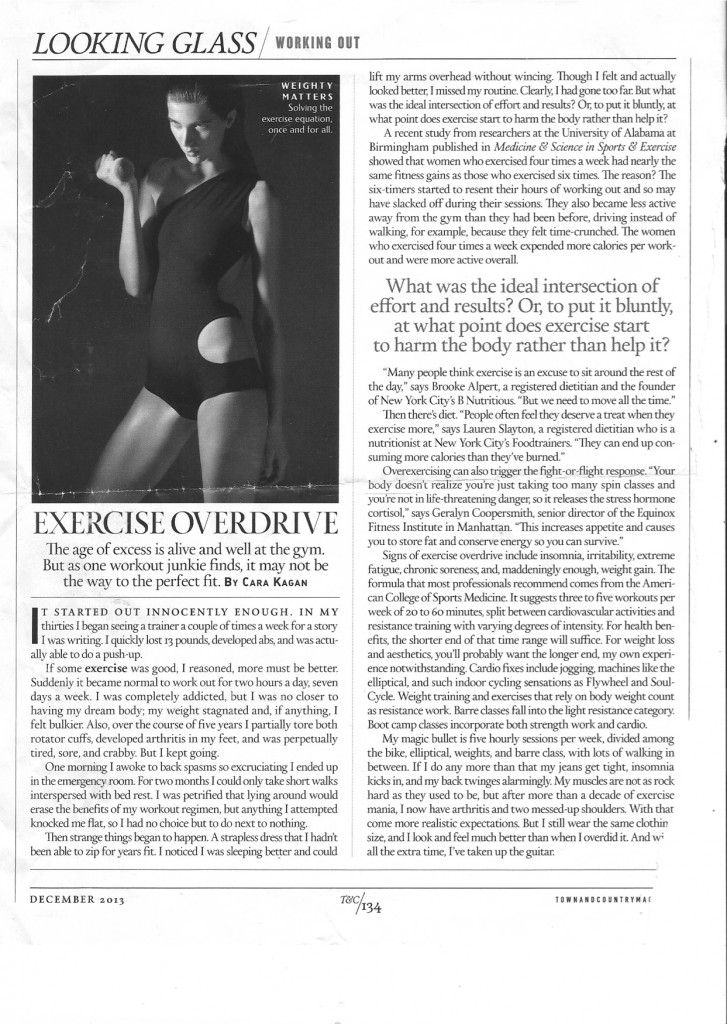

Great information and it is beneficial for many people, keep up the good work. Thank you so much for sharing.